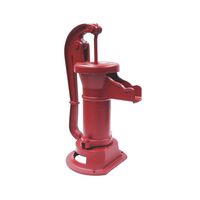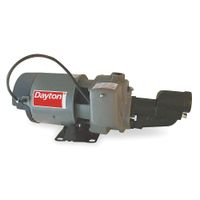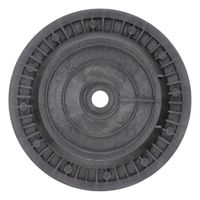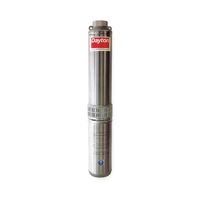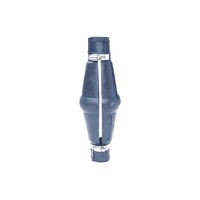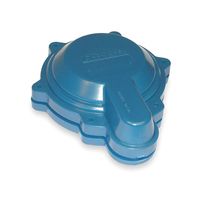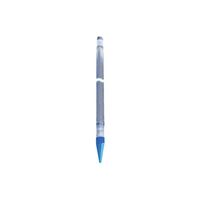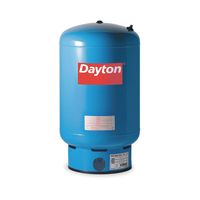Well Pumps & Systems
Well pumps and systems are used to pump water up from wells and supply water to homes or facilities without access to a municipal water source. Hand-operated pitcher pumps transfer water from shallow wells that have no pump and are for use in areas where it is not possible to run water pipes from a .....Read More
Frequently Asked Questions
How do I choose the right well pump for my home?
What are the signs that my well pump is failing?
How often should I have my well system inspected?
What is the average lifespan of a well pump?
How do I increase water pressure from my well system?
What maintenance is required for a well water system?
How do I troubleshoot a well pump that won't start?
What are the differences between submersible and jet pumps?
How do I prevent my well from freezing in winter?
What are common causes of well water contamination?
